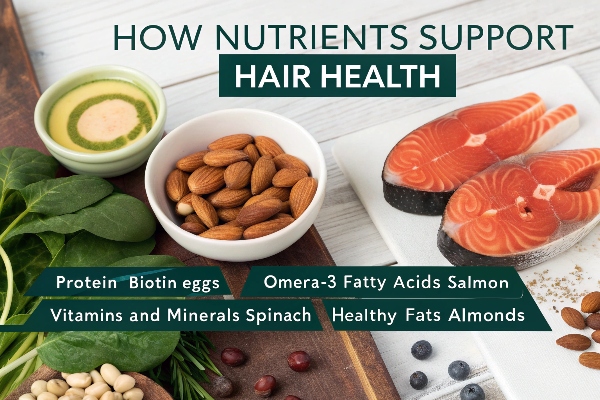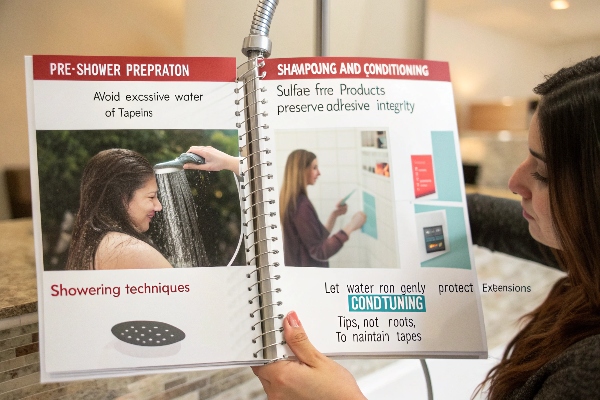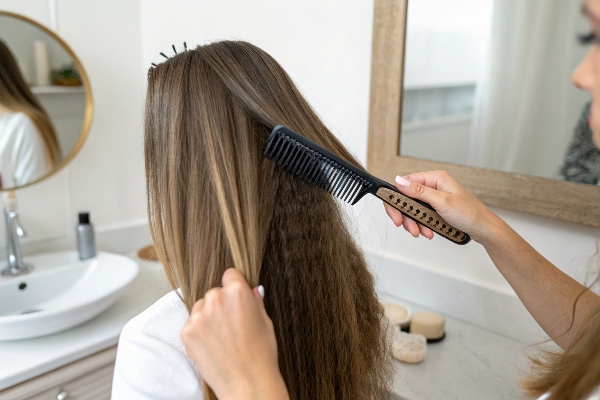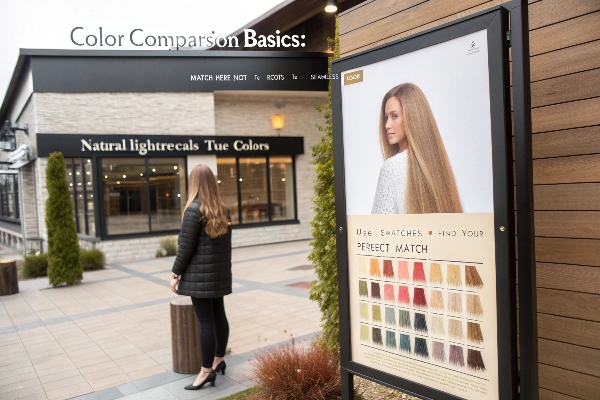Human hair extensions are 100% real hair, but unlike your natural hair, they no longer receive nourishment from the scalp. Instead, they rely entirely on their existing nutrients1 for sustenance. This makes proper care essential for maintaining their softness, shine, elasticity, and overall longevity.
Shampooing Your Extensions: What to Avoid
To ensure that your hair extensions remain in optimal condition, here are key things to avoid when shampooing:
⚠️ Skip Sulfates
- What to Avoid: Shampoos containing sulfates (like SLS/SLES), which are commonly found in cheaper hair products.
- Why: These harsh detergents can:
- Strip natural oils, leading to dryness, frizz, breakage, and tangling in both your extensions and natural hair.
- Degrade bonding agents used in tape-ins, keratin bonds, or micro-links, ultimately shortening the lifespan of your extensions.
⚠️ Avoid Specialty Shampoos
- What to Avoid: Dandruff shampoos, strong oil-control products, or medicated formulas.
- Why: Potent active ingredients like zinc pyrithione, salicylic acid, or coal tar can:
- Irritate the scalp.
- Negatively affect adhesive bonds, leading to slippage or loss.
⚠️ Ditch Dry Shampoo
- What to Avoid: Excessive use of dry shampoo due to its high alcohol content.
- Why: It can severely dry out both your natural hair and your extensions, leading to brittleness and potential damage over time.

✅ The Right Shampoo
- What to Look For: A gentle, sulfate-free formula that effectively cleanses while being gentle on extensions.
- Benefits:
- Maintains the hair’s natural moisture balance.
- Cleanses without damaging attachment points or bonds, ensuring optimal health for both your extensions and natural hair.
Conditioning & Treatments: Critical Rules
Hair extensions require special attention during conditioning and treatments to ensure their health and longevity.
🚫 The Golden Rule: Keep Products AWAY from Bonds!
- Why? Conditioners, masks, and oils must never come into contact with the attachment points (such as tape or keratin bonds). These products can:
- Dissolve or weaken adhesives.
- Loosen micro-links or rings.
- Lead to slippage or loss of extensions.
- How to Apply:
- Tilt your head forward.
- Apply conditioner only from mid-lengths to ends.
- Work the product upwards while avoiding the root area entirely.
🌿 Choose Nourishing Formulas2
- What to Look For: Deeply moisturizing, reparative conditioners or masks.
- How to Apply: Always apply to mid-lengths and ends only, ensuring that the product penetrates the hair strands for hydration and damage repair.
- Benefits: Prevents dryness and tangles while maintaining a healthy shine.
💦 Rinse Thoroughly
- What to Do: Ensure that all product residue is completely washed out, paying special attention to the bond areas.
- Why: Residue can create buildup that compromises the hold of the extensions and impacts their overall appearance.
Washing & Drying Technique Matters
The techniques used in washing and drying your extensions are just as important as the products themselves.

🚿 Pre-Wash Preparation
- Detangling3: Use a wide-tooth comb or a detangling brush to gently brush from the ends upwards before washing to minimize breakage.
- Water Temperature: Always use lukewarm water, as hot water can weaken the bonds.
🧴 Shampooing Technique
- Gentle Handling:
- Use your fingertips to massage the scalp gently and focus on the roots.
- Avoid scrubbing the lengths and attachment areas to prevent tangling.
- Rinse Carefully: Allow water to flow down the hair shaft and avoid piling the hair on top of your head.
🧖 Conditioner Application
- Targeted Application: Place conditioner only on the mid-lengths and ends, following the timing directions provided on the product.
- How to Rinse: Angle your head forward to ensure water flows downwards, ensuring thorough removal of the product.
💨 Drying Protocol
- Pat Dry: Gently squeeze out excess water using a towel or microfiber wrap—never rub or twist the hair.
- Blow-Dry Promptly: Avoid leaving your extensions wet, as the weight of moisture can strain the bonds and moisture can lead to bacterial growth.
- Directional Drying4: Always point the blow dryer nozzle in the direction of the hair shaft. This smooths the cuticle and reduces frizz.
- Dry Bonds Completely: Make sure that the areas where the extensions are attached are fully dry to maintain their integrity.
- Oil Application (Optional): At 70-80% dryness, you can apply a lightweight oil only to the ends, ensuring you avoid contact with the bonds.
Key Takeaways
| Category | Recommendation |
|---|---|
| Products | Use a gentle sulfate-free shampoo and a nourishing conditioner/mask (mid-lengths to ends only). |
| Absolute Must | Never apply conditioner, masks, or oils directly on bonds or attachment points. |
| Technique | Handle with care, wash from top to bottom, prevent tangling, focus on scalp cleansing, and rinse thoroughly. |
| Frequency | Wash every 2-3 days for optimal maintenance. |
By following these guidelines, you’ll ensure that your hair extensions stay vibrant, healthy, and looking their best for as long as possible. |
Exploring this will help you learn how to maintain the quality and appearance of your hair extensions effectively. ↩
Explore this link to discover top nourishing formulas that can enhance the health and longevity of your hair extensions. ↩
Explore effective detangling techniques to minimize breakage and maintain the quality of your hair extensions. ↩
Learn how directional drying can enhance the health and appearance of your hair extensions while reducing frizz. ↩







